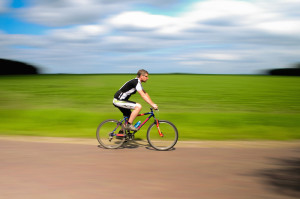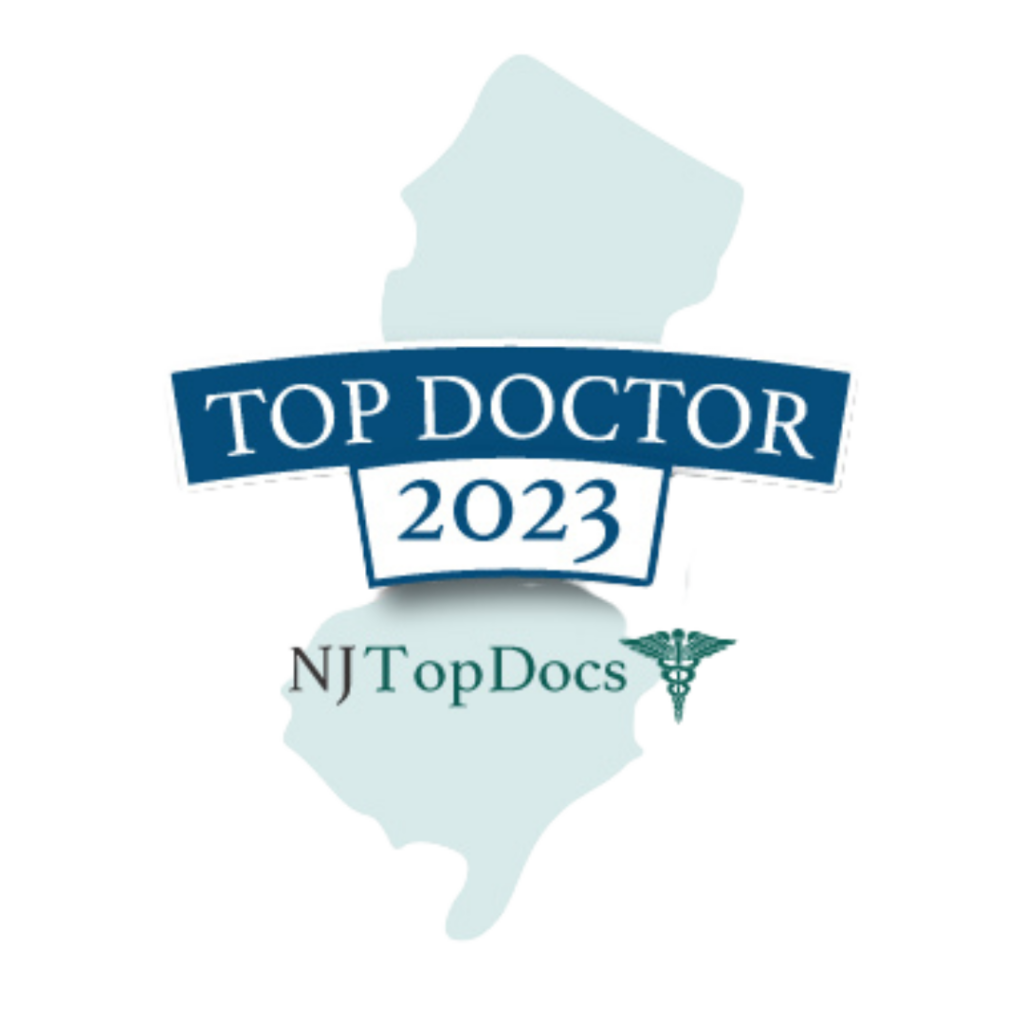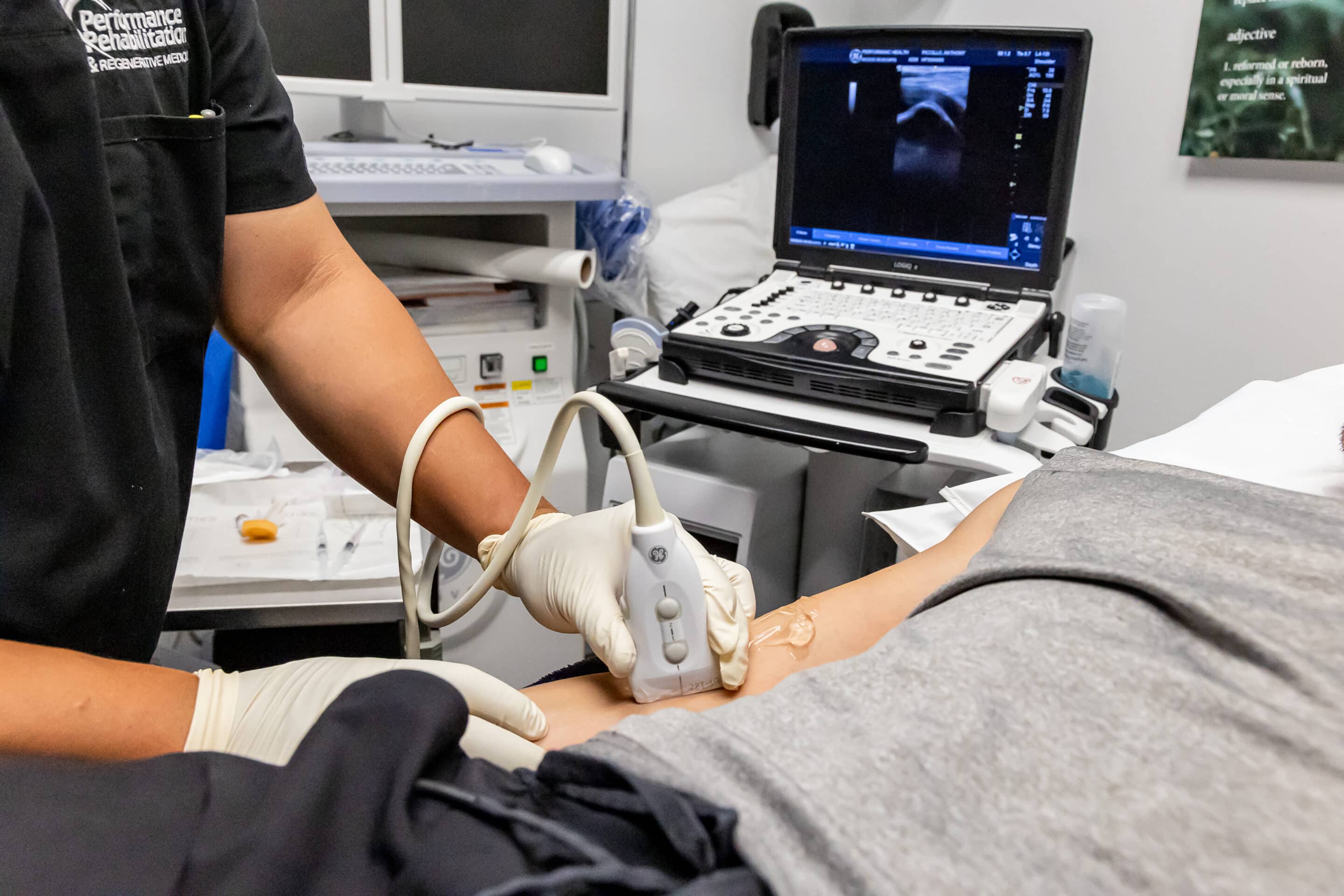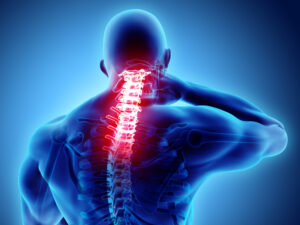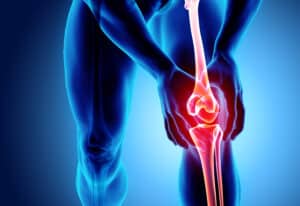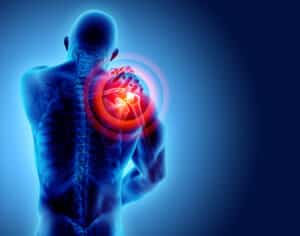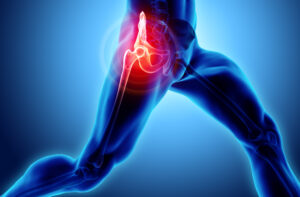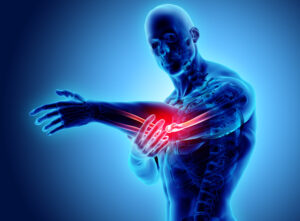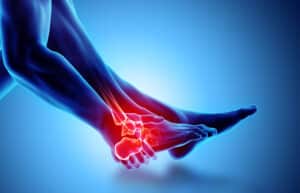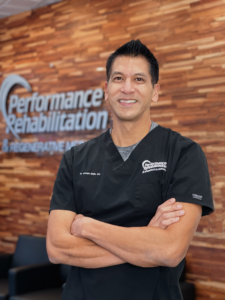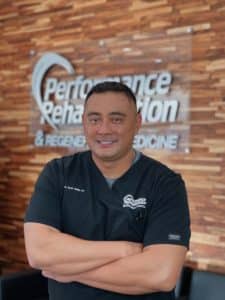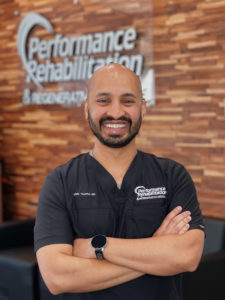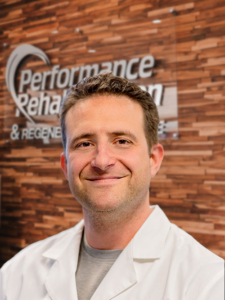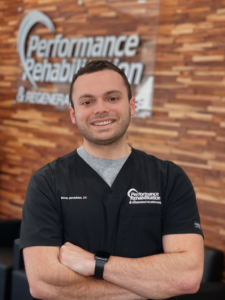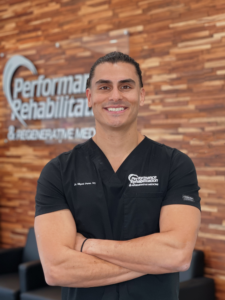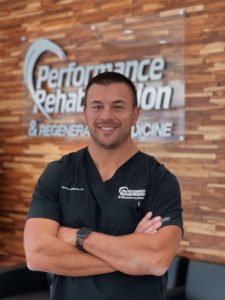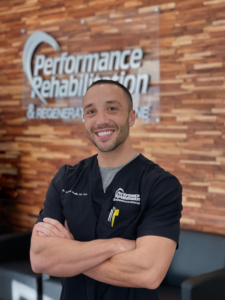What Orthopedic Conditions can Platelet-Rich Plasma Therapy Treat?
The use of platelet-rich plasma therapy (PRP) as a means to treat orthopedic conditions has a continuing, evolving body of research. The literature suggests that PRP is a promising means to treat both soft tissue and bone related injuries.
Autologous PRP (meaning from ones own cells) has been used in the treatment of many conditions involving muscle, tendon, ligament and bone. Because the cells from ones own body are used to target specific areas of injury, PRP has been shown to be a safe and effective means of treatment.
Benefits of the treatment include faster recovery time, improved strength, increased range of motion, less pain and decreased inflammation. This essay intends to review some of these factors and how they relate to clinical outcomes in multiple studies.
Platelets are formed in bone marrow and are the smallest of the blood cells. They contain 30 bioactive proteins, which are vital in tissue healing.1 Growth factor (GF) and the proteins secreted from platelets are understood to have the largest role in tissue healing. GF, specifically Platelet Derived Growth Factor (PDGF), plays a vital role in this process.2 The role of PDGF and other growth factor are not completely understood but have shown to be effective in decreasing healing time and increasing patient outcomes.
The effectiveness of PRP is dependent upon the release of multiple growth factors and how they interact. Platelets are believed to secrete the growth factors within 10-minutes of clotting and more than 95% of all proteins involved in the release within the first hour. Following the initial hour of secretion, additional proteins remain for several days throughout the healing process.3 PRP also contains proteins that act as adhesion molecules. These molecules assist in the healing of many tissue types and promote healing within the targeted area of injury.4
The manner in which PRP is collected involves a multistep process. First, whole blood is drawn from the patient in a small quantity and mixed with an anti-coagulant. In a clinical setting, where the blood is drawn shortly prior to treatment, the sample immediately undergoes a process of centrifugation. Although there is no current standard for centrifugation, a growing body of evidence suggests a link between a two-spin centrifuge process and better outcomes for patients.5 The first spin separates the whole blood into three distinct layers, the upper layer consisting of platelets and white blood cells (WBC), the second considered a buffer layer, which is rich in WBC and the bottom consisting of red blood cells (RBC).5
The second spin will begin following a separation of the upper and often a portion of the buffer layer. This can either be performed manually, by the physician or technician, or with a proprietary commercial kit. This spin performs a second preparation of an upper layer of platelet-poor plasma and the desired PRP in the bottom layer.
Once the PRP has been isolated, the solution will be administered by injection to the target tissue. The procedure can be performed either under guided imaging in the case of a non-surgical, minimally invasive procedure, or during a surgical procedure. Both have shown to provide positive results for patients in a clinical setting.
Conditions that have undergone clinical trials and case studies include but are not limited to: rotator cuff injury, achilles tendonopathy, lateral epicondylitis, and anterior cruciate ligament injury. The current body of literature is mixed in results due to multiple factors. One factor is the inconsistency in preparation and isolation of PRP from the patients’ whole blood, which has been previously discussed. Other variables include the tissue type, area of treatment, outcomes measured, length of time between patient follow-ups and use of an activating agent.
A review of the procedure in an orthopedic setting by Cohn, et al found correlation between the use of PRP and positive outcomes in multiple conditions.6 Specifically lateral epicondylitis, more commonly known as tennis elbow, produced positive outcomes in a visual analogue scale and standardized questionnaires with multiple follow-ups. In some cases, strong correlation was difficult to interpret due to small sample size as well as other factors.
A randomized control trial of 100 participants with lateral epicondylitis was performed comparing PRP treatment to corticosteroid. The trial used the visual analogue scale (VAS) and Disabilities of Arm, Shoulder and Hand (DASH) score at one-year and two-year follow-up as measured outcomes.7,8 At the one-year follow-up, a significant difference was found when comparing the two groups, both in the VAS and DASH scores, although the DASH score was shown to be less significant. At a two-year follow-up, both groups improved. A significant difference, however, was found between the DASH score of the PRP group and the corticosteroid group. The two-year follow-up DASH score of the corticosteroid returned to baseline.
The review by Cohn, et al also examined the current literature on the use of PRP when treating injuries of the rotator cuff.6 Treatment either during the surgical procedure or post-surgery were examined and found to have positive outcomes. Participants in one study conducted with tears rated at grades 1, 2 and 3 were placed into two groups.9 The first group was treated with PRP; the second group had no intervention. Significantly less pain was seen in the PRP group during the first 3 months post-procedure. The benefit, however, was not seen during the six-month to two-year follow-ups. The study also notes that greater strength and external rotation was seen in groups with grades 1 and 2 tears as compared to grade 3.
In a randomized control study examining large rotator cuff tears and the use of PRP accompanying surgery Jo, et al split the participants into two groups.10 The first group received PRP during the surgical procedure; the second group received no PRP during surgery. One primary outcome measured the re-tear rate between each group. The study showed a 20% less re-tear rate for the PRP group. This finding was considered mildly significant.
The body of literature continues to show promising results in many areas. Orthopedic conditions, in many cases, have had positive results, which can benefit the patient in the clinical setting. In two studies evaluating participants with patellar tendonopathy who received physical therapy post-treatment of PRP, positive outcomes were found.11,12 Controlled randomized trials are limited when evaluating outcomes with multiple interventions with the use of PRP. In general, there were no contraindications found with injuries that would indicate PRP treatment with accompanying physical therapy.
Due to the lack of standardization in the preparation and the manor in which PRP is administered, it is difficult to determine which protocols are most effective. In the same way, procedures that did not show significance should be further examined using different techniques. Although this essay focuses on orthopedic conditions, PRP has shown success with other procedures including oral, facial.3
With the proper technique in collecting and isolating of platelets, autologous PRP has promising evidence to suggest positive patient outcomes in a clinical setting. Practitioners that are considering PRP are advised to seek out the most recent literature to guide in their clinic decision-making.
Interested in learning more?
If you live in the tri-state area, call us at 908-756-2424 or contact us online to make an appointment to discuss Platelet Rich Therapy with one of our physicians.
About the Authors:
Joseph Mejia D.O., F.A.A.P.M.& R, is a graduate of University of Michigan and West Virginia School of Osteopathic Medicine. He is Board Certified in Physical Medicine & Rehabilitation and Sports Medicine. Dr. Mejia received his Fellowship Training in Interventional Pain Management from University of Medicine and Dentistry. He has advanced training in Regenerative Medicine and is the Medical Director and Partner of Performance Rehabilitation and Integrated Medicine.
John F. Ellis, D.C. is a graduate of Logan Chiropractic College. He is a Board Certified Chiropractic Physician with licenses held in New Jersey and New Hampshire. His past research work involves human performance pertaining to orthopedic conditions. Dr. Ellis is a Chiropractic Physician at Performance Rehabilitation and Integrated Medicine.
1. Anitua E, Andia I, Ardanza B, Nurden P, Nurden AT. Autologous platelets as a source of proteins for healing and tissue regeneration. Thromb Haemost 2004;91:4- 15.
2. Grazul-Bilska, A.T., Johnson, M.L., Bilski, J.J., Redmer, D.A., Reynolds, L.P., Abdullah, K.M. Wound healing: The role of growth factors. Drugs Today 2003, 39(10): 787
3. Marx RE. Platelet concentrate: a strategy for accelerating and improving bone regeneration. In: Davies JE, ed. Bone engineering. University of Toronto, 2000:447-53.
4. Schliephake H. Bone growth factors in maxillofacial skeletal reconstruction. Int J Oral Maxillofac Surg 2002;31:469-84.
5. Amanda G. M. Perez, José Fábio S. D. Lana, Ana Amélia Rodrigues, Angela Cristina M. Luzo, William D. Belangero, and Maria Helena A. Santana. Relevant Aspects of Centrifugation Step in the Preparation of Platelet-Rich Plasma ISRN Hematology 2014
6. Claudia S. Cohn, Evelyn Lockhart, and J. Jeffrey McCullough. The use of autologous platelet-rich plasma in the orthopedic setting. TRANSFUSION 2015;55;1812–1820
7. Peerbooms JC, Sluimer J, Bruijn DJ, et al. Positive effect of an autologous platelet concentrate in lateral epicondy- litis in a double-blind randomized controlled trial: platelet-rich plasma versus corticosteroid injection with a 1-year follow-up. Am J Sports Med 2010; 38:255-62.
8. Gosens T, Peerbooms JC, van Laar W, et al. Ongoing positive effect of platelet-rich plasma versus corticosteroid injection in lateral epicondylitis: a double-blind randomized con- trolled trial with 2-year follow-up. Am J Sports Med 2011; 39: 1200-8.
9. Randelli P, Arrigoni P, Ragone V, et al. Platelet rich plasma in arthroscopic rotator cuff repair: a prospective RCT study, 2- year follow-up. J Shoulder Elbow Surg 2011; 20:518-28.
10. Jo CH, Shin JS, Lee YG, et al. Platelet-rich plasma for arthro- scopic repair of large to massive rotator cuff tears: a randomized, single-blind, parallel-group trial. Am J Sports Med 2013; 41:2240-8.
11. Jean-François Kaux, Bénédicte Forthomme, Marie-Hélène Namurois, Philippe Bauvir, Nathalie Defawe, François Delvaux, Cédric Lehance, Jean-Michel Crielaard, and Jean-Louis Croisier. Description of a standardized rehabilitation program based on sub-maximal eccentric following a platelet-rich plasma infiltration for jumper’s knee. MLTJ Muscles, Ligaments and Tendons Journal CIC Edizioni Internazionali 2014 January-March; 4(1): 85–89.
12. van Ark M1, van den Akker-Scheek I, Meijer LT, Zwerver J. An exercise-based physical therapy program for patients with patellar tendinopathy after platelet-rich plasma injection. Phys Ther Sport. 2013 May;14(2):124-30.

